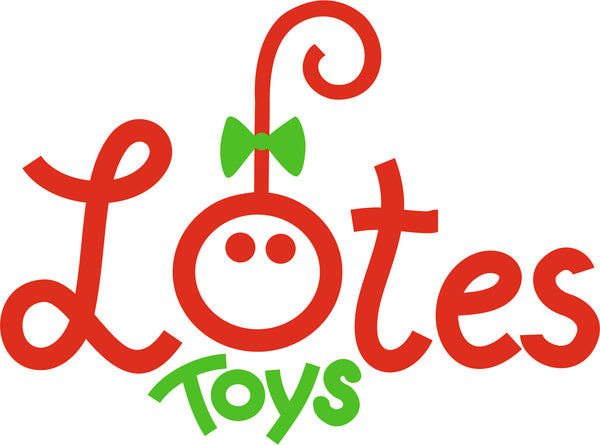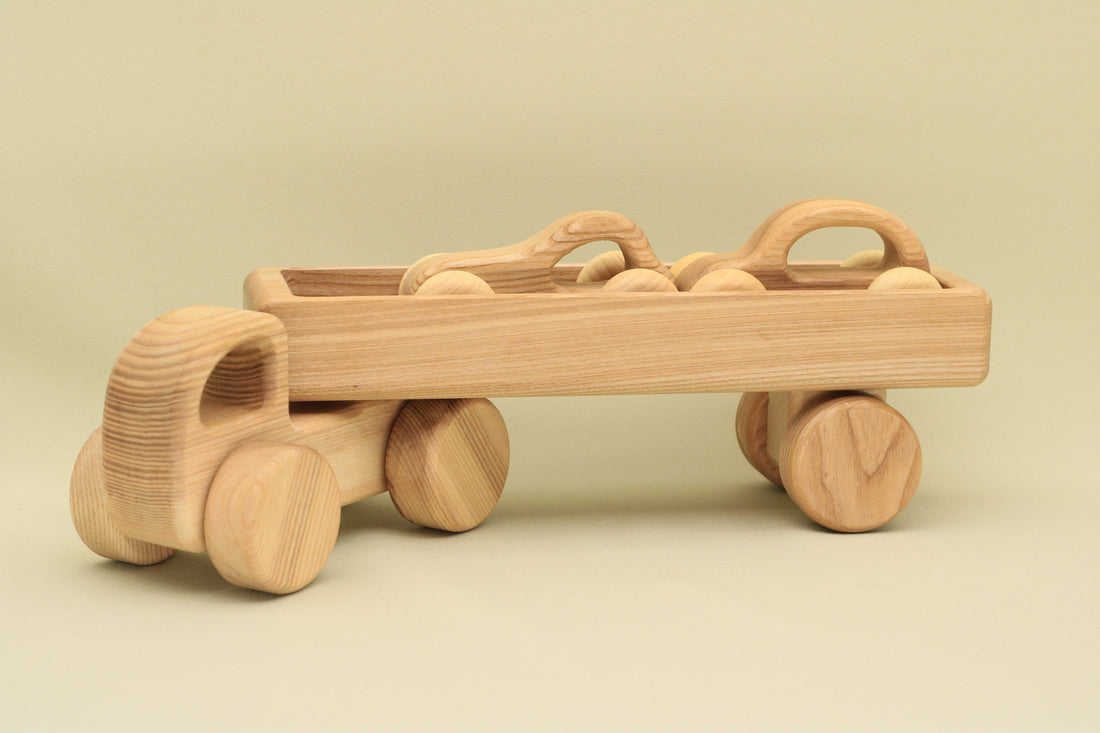Toys are wonderful tools for childhood — for learning, imagination, coordination, comfort. But not all toys are created equal. As a parent, being informed about toy safety can help you give your child fun, developmental, safe play. Here are the key things to look out for, common hazards, and tips for safe toy‑use.
1. Understand Toy Safety Standards
- Different regions have safety rules for toys (e.g. EU standards, US ASTM, etc.). These include rules about small parts (choking), toxic materials (paints, finishes), flammability, sharp edges, etc.
- Always check for safety marks or certifications. These may be labels or statements by the manufacturer that the toy complies with relevant regulations.
2. Materials & Finishes
- Natural materials vs synthetic: Wooden toys, fabric, natural rubber are nice, but what matters is how they are treated. Paints, varnishes, waxes should be non‑toxic.
- Avoid lead, phthalates, harmful dyes. Even small amounts of toxic substances in paint or finish can be dangerous because young children often put things in their mouths.
- Surface finish should be smooth. Rough edges, splinters, loose parts: bad news.
3. Small Parts & Choking Hazards
- Any toy for a child under 3 should avoid small detachable parts that can fit in a choking danger zone (this is often tested with a “small parts cylinder” in many toy‑safety regimes).
- Be mindful of extra pieces: batteries, small detachable decorations, buttons, beads.
4. Mechanical & Physical Hazards
- Sharp points or edges: toys should be designed so that there are no dangerous edges or corners.
- Strings or cords: these should be short enough not to pose strangulation risks.
- Moving parts: wheels, hinges, etc., should be safe and well‑made so fingers don’t get pinched.
5. Age & Developmental Appropriateness
- Manufacturers usually indicate an age range. This reflects not just skill level but safety (e.g. small parts, choking, etc.).
- Match toys to your child’s developmental stage. Too advanced → possible misuse; too simple → frustrated child or damage.
6. Cleaning & Maintenance
- Hard surfaces like wooden or plastic toys should be cleaned regularly. Some finishes allow wiping; others need special treatment.
- Inspect toys often. If something breaks (sharp splinter, loose wheel), discard or repair appropriately.
7. Storage & Supervision
- Storage matters: well‑stored toys are less likely to break, lose pieces, or become unsafe.
- Supervision is especially important for young children. Even a toy that is “safe” in theory can be dangerous in the hands of a toddler (e.g. trying to put a toy in the mouth).
Common Toy Safety Mistakes & How to Avoid Them
| Mistake | Risk | Prevention |
|---|---|---|
| Buying cheap toys with unknown origin | Toxic materials, poor construction, safety failures | Buy from reputable sources; check certifications; read reviews |
| Not reading the label or age recommendation | Child may be exposed to choking hazards, or be frustrated | Always check the packaging/manufacturer info |
| Letting old toys deteriorate | Splinters, sharp edges, broken parts | Inspect and maintain; throw out or repair damaged ones |
| Overlooking finishing materials | Paints or varnishes with harmful chemicals | Ask what finishes are used; prefer “non‑toxic”, “food‑grade”, or “natural wax/beeswax” etc. |
What to Ask / Look for When Choosing Toys
- What material is the toy made of (wood/plastic/metal/fabric)?
- How is it finished? Are paints / wax / varnish non‑toxic? Is it food‑safe if mouthed?
- Are there any small or detachable parts, and are these secure?
- Are edges and corners safely rounded / polished?
- Is the toy certified to meet safety standards in your country (or EU, etc.)?
- What does the age recommendation say, and is it appropriate for your child?
How to Respond When Something Goes Wrong
- Stop using the toy immediately — if it’s damaged, or something breaks off.
- Check if there is a recall (search online, check manufacturer updates).
- If you suspect toxicity (e.g. unusual odor, peeling paint), contact the seller or manufacturer.
- Report serious hazards to relevant consumer/standards agencies so others are warned.
Why “Natural” Doesn’t Always Mean “Safe”
“Natural” materials are often better, but not always automatically safe. For example:
- Wood may contain natural toxins or be treated with chemicals.
- Natural oils or waxes may spoil or harbor bacteria if not properly treated or sealed.
- Splinters are a risk if wood isn’t properly smoothed.
So “natural” + good finish + proper design + appropriate certification = safe; “natural” alone is not sufficient.
Toys & Learning Philosophies
Many educational toy philosophies emphasise simplicity, natural materials, minimalism, and letting children discover through manipulation and play. These kinds of toys often align well with safety principles:
- fewer parts → fewer hazards
- natural materials → less chemical exposure (if properly treated)
- open‑ended play → longer lasting, less frequent replacement
How Lotes Toys Aligns With Good Safety Practice
To bring things closer to home, here’s how Lotes Toys (a handmade wooden toy manufacturer based in Latvia) measures up in terms of safety — and what to keep in mind when considering their toys.
What Lotes Toys Does Well
- Natural materials, particularly ash wood, and finishes like natural wax. Their “About Us” page notes that their toys are made with natural wax, linen cord, and wood.
- Rounded edges: According to their site, all edges are rounded. That helps reduce risk of sharp point / corner injuries.
- Handmade crafts: This often means more control over material quality and finish, assuming good craftsmanship.
- They indicate the availability of all “necessary certificates” for safety.
- They make a point of checking lots of wood before using it — not all wood qualifies, they inspect for quality.
Toy safety is more than just a label — it’s about materials, finishes, design, and proper usage. As parents, staying informed, vigilant, and attentive to both manufacturer info and your child’s behavior is the best way to keep playtime both fun and safe.
If you’re looking for toys that align well with safety best practices, Lotes Toys is a strong option. Their use of natural materials, rounded edges, handmade craftsmanship, and attention to wood quality and certificates all suggest a commitment to safety and quality. As always, even with the safest toy, supervise especially for younger children, follow age guidance, and inspect for wear and tear.

